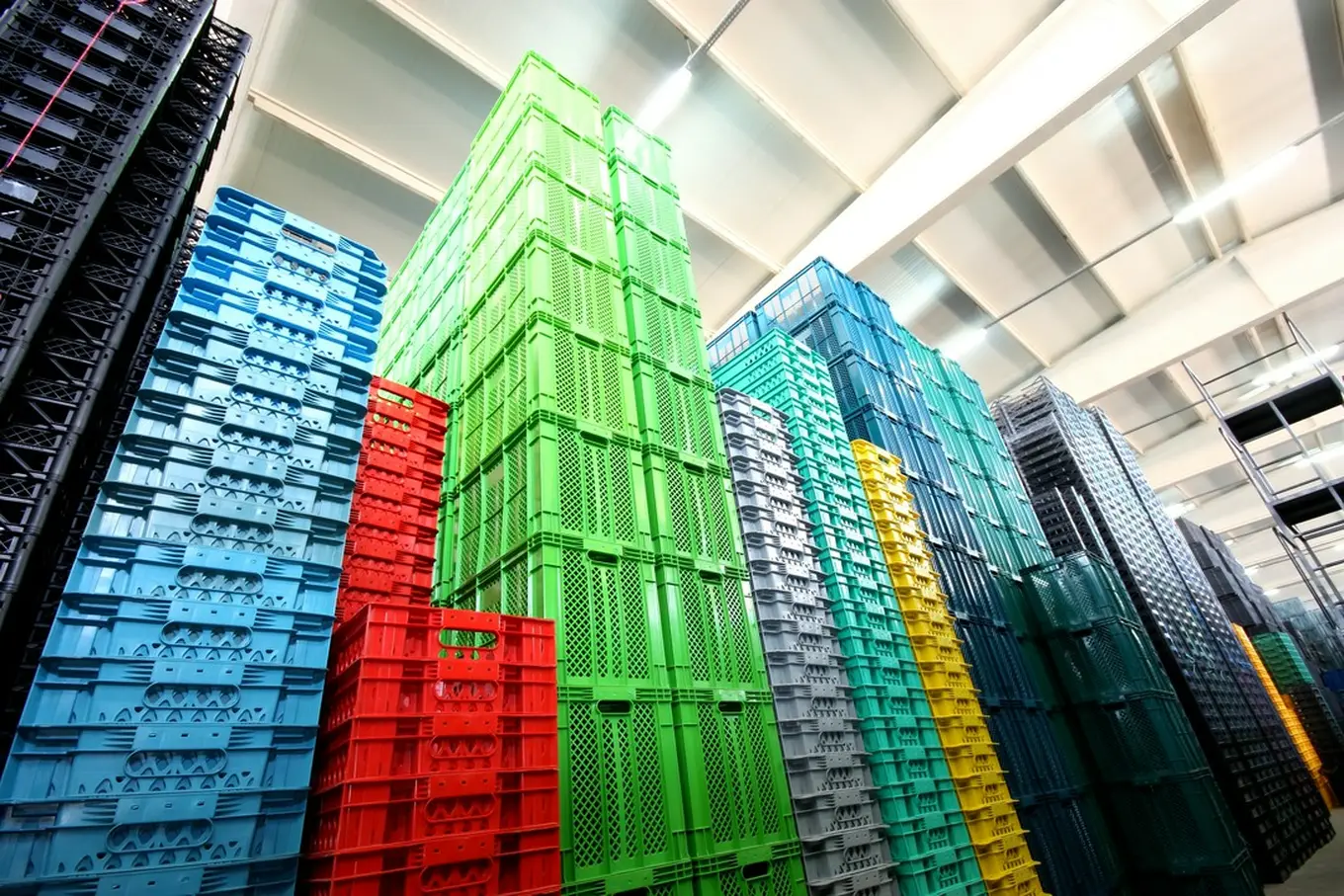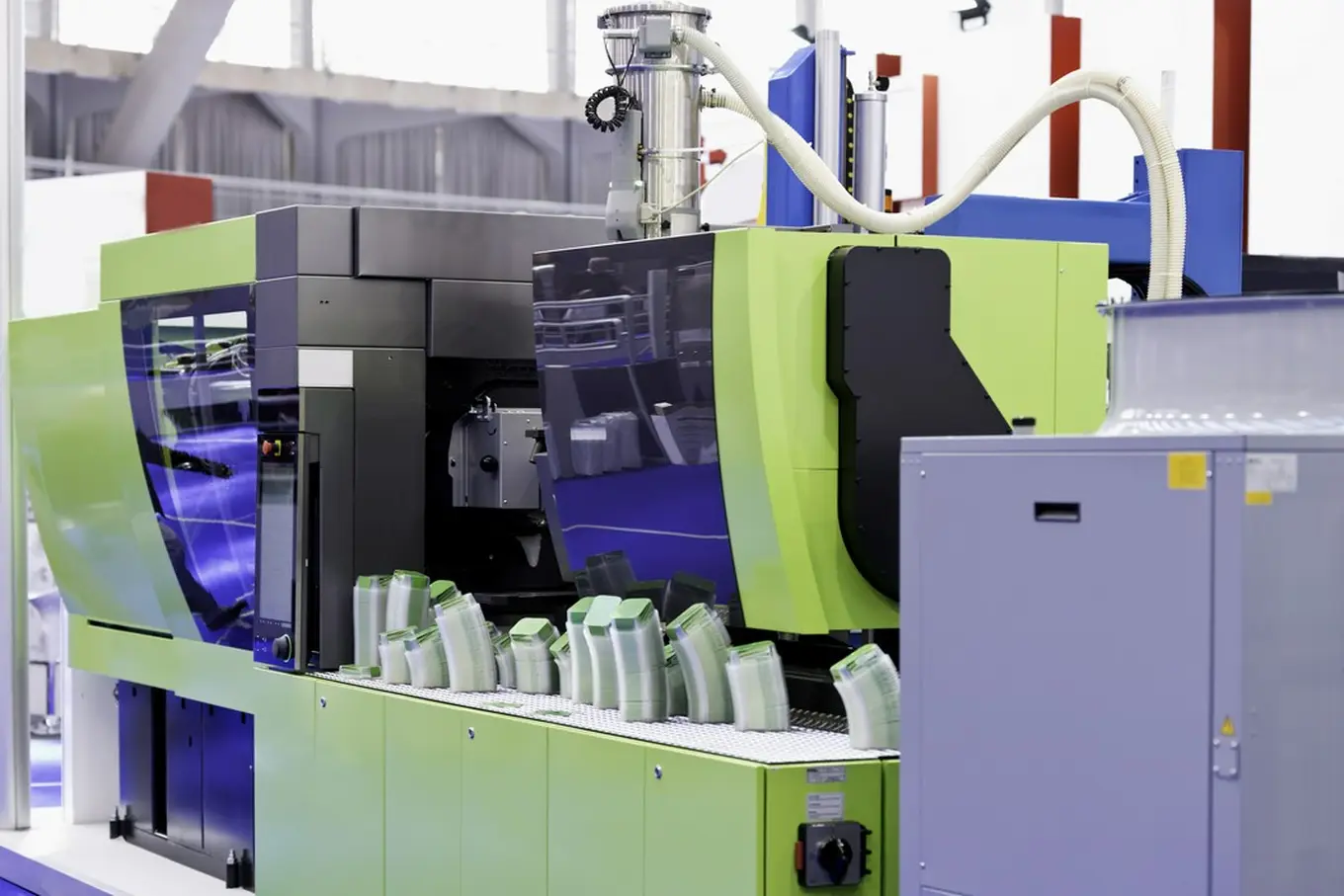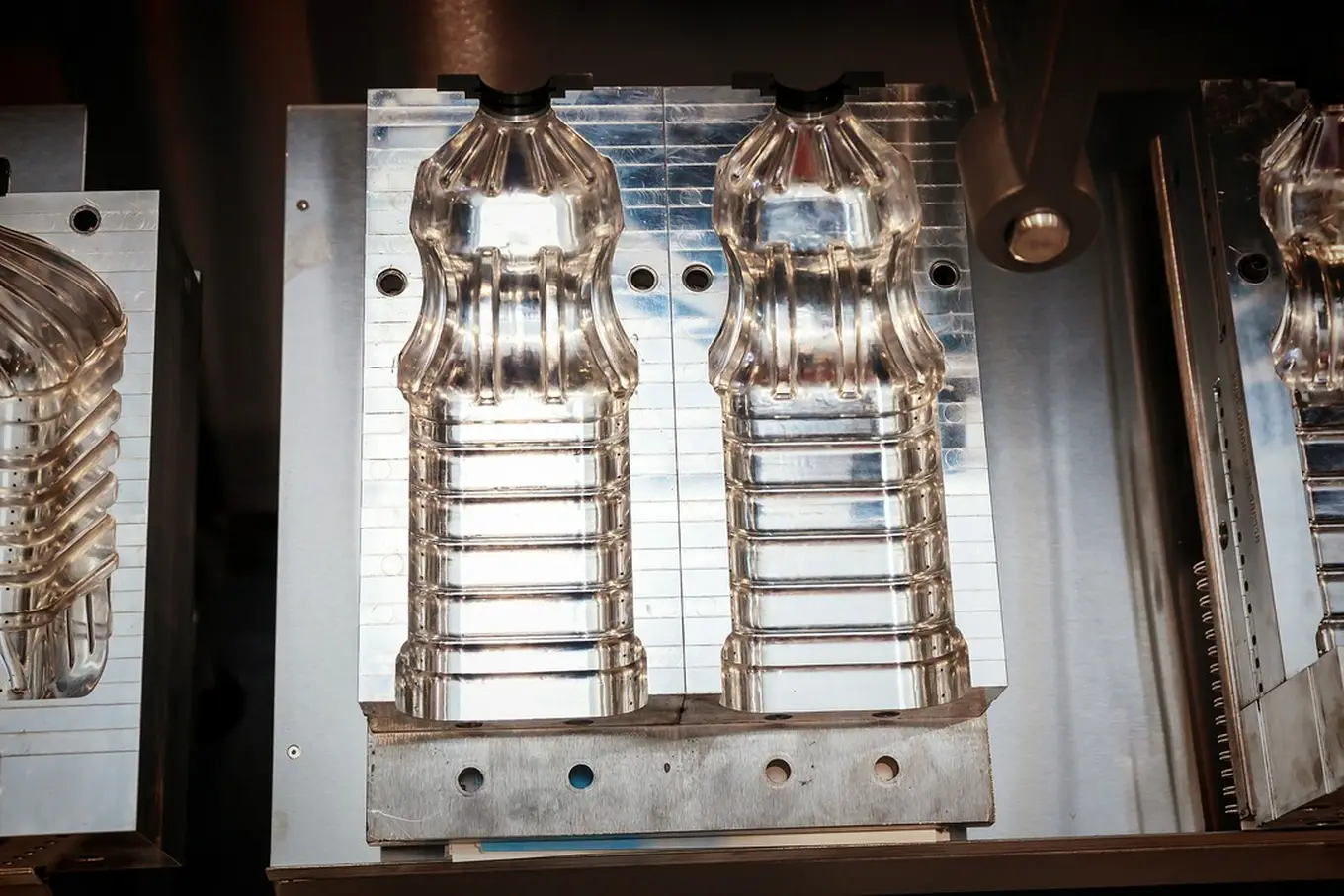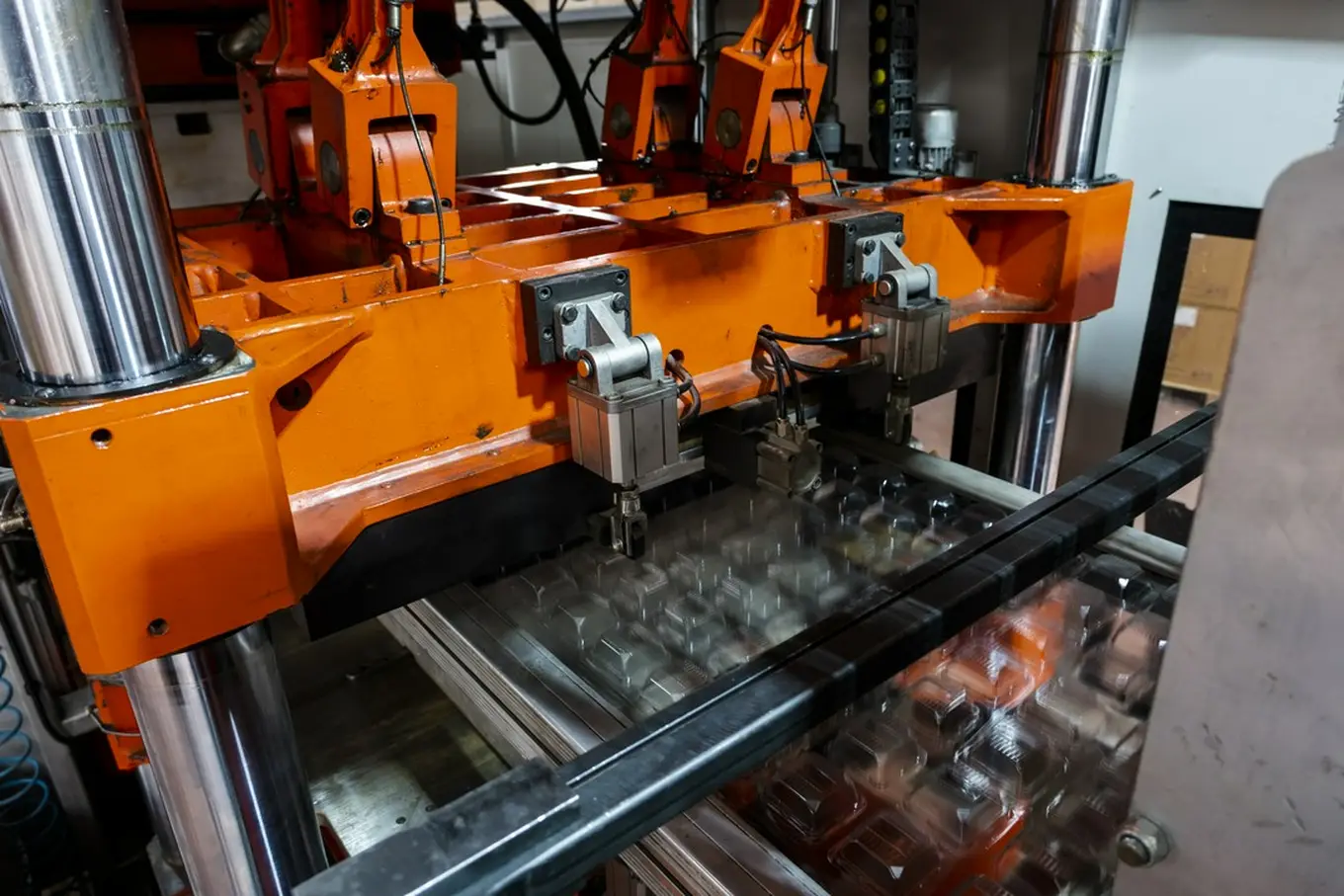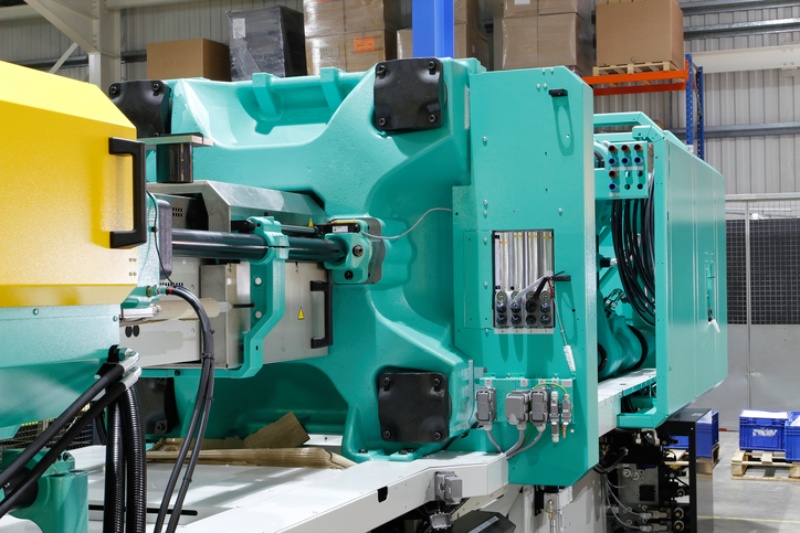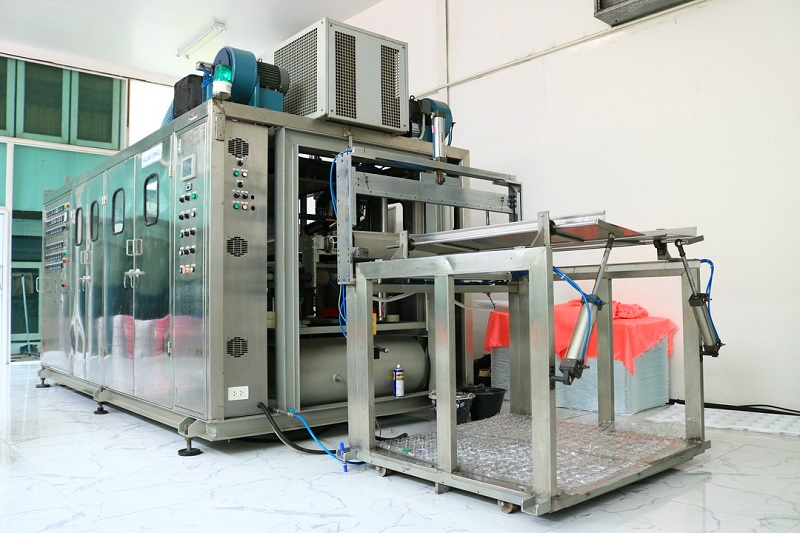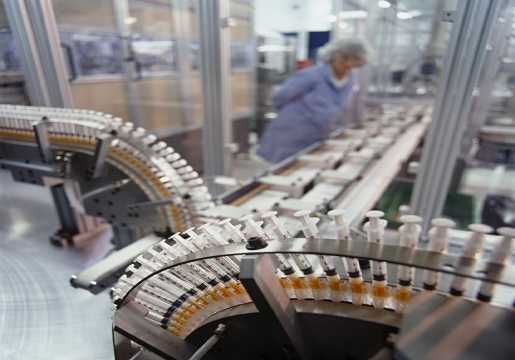Blog
Zalety stosowania plastikowych wkładek i pojemników w logistyce
W dzisiejszej logistyce produkcja plastikowych elementów odgrywa kluczową rolę w efektywności oraz optymalizacji kosztów. Lekkość, wytrzymałość i łatwość w czyszczeniu sprawiają, że materiały te są popularnym wyborem. Dzięki różnorodności kształtów i rozmiarów można je dostosować do potrzeb różnych firm. Plastikowe rozwiązania są bardziej ekologiczne niż tradycyjne opakowania, ponieważ charakteryzują się trwałością i możliwością wielokrotnego użytku, co ogranicza odpady. Warto skonsultować się z ekspertami w branży przetwórstwa tworzyw sztucznych, aby wybrać najlepsze opcje dostępne na rynku.
Proces projektowania i wykonywania form do produkcji elementów z tworzyw sztucznych
Innowacyjność i precyzja to kluczowe aspekty w projektowaniu form do produkcji elementów z tworzyw sztucznych. Producent elementów z tworzyw sztucznych wykorzystuje nowoczesne technologie, takie jak wtrysk i termoformowanie, aby spełnić oczekiwania klientów. Oferowane są jednorazowe tacki, blistry, obudowy maszyn oraz inne opakowania. Dzięki rzetelnemu podejściu i fachowemu doradztwu dostarczane są rozwiązania dostosowane do indywidualnych potrzeb. Proces produkcji obejmuje analizę zamówienia, przygotowanie formy oraz wdrożenie produkcji, co zapewnia wysoką jakość finalnego produktu.
Jakie są korzyści z zastosowania termoformingu w produkcji opakowań?
Termoformowanie to nowoczesna metoda przetwarzania tworzyw sztucznych, która zdobywa uznanie w produkcji opakowań. Dzięki elastyczności i efektywności umożliwia tworzenie różnorodnych kształtów oraz rozmiarów, co sprawia, że stanowi idealne rozwiązanie dla wielu branż. Wytwarzanie elementów z tworzyw sztucznych warto podkreślić innowacyjne podejście firm zajmujących się tym procesem oraz ich otwartość na potrzeby klientów.
Dlaczego warto inwestować w nowoczesne maszyny do produkcji opakowań termoformowanych?
Inwestycje w nowoczesne maszyny do produkcji opakowań termoformowanych przynoszą liczne korzyści, które wpływają na efektywność oraz jakość procesów w branży przetwórstwa tworzyw sztucznych. Nowoczesne technologie zwiększają wydajność produkcji, poprawiają standard wyrobów oraz umożliwiają wprowadzanie innowacyjnych rozwiązań. Warto zainwestować w te urządzenia, aby utrzymać konkurencyjność na rynku i sprostać oczekiwaniom klientów.
Dlaczego wybór odpowiednich form do wtryskiwania ma znaczenie dla jakości produktu?
Wybór odpowiednich narzędzi do formowania wtryskowego ma kluczowe znaczenie dla jakości końcowego produktu. Różne typy form do wtryskiwania wpływają na precyzję i trwałość elementów, a niewłaściwy dobór może prowadzić do błędów. Zrozumienie tego aspektu stanowi fundament dla każdej firmy zajmującej się produkcją. Warto zgłębić temat, aby uniknąć problemów i zapewnić wysoką jakość wyrobów, co przekłada się na satysfakcję klientów oraz sukces na rynku.
Jakie są estetyczne aspekty projektowania opakowań blistrowych?
Estetyka opakowań blistrowych jest kluczowa dla przyciągania uwagi konsumentów na konkurencyjnym rynku. Atrakcyjne wizualnie rozwiązania wpływają na decyzje zakupowe, co czyni je istotnym elementem strategii marketingowej firm. W artykule omówimy różne aspekty designu, takie jak kolorystyka, kształt i materiały, oraz ich wpływ na postrzeganie produktów przez klientów. Ważne jest również znaczenie innowacyjności i jakości w przetwórstwie tworzyw sztucznych, które odgrywają kluczową rolę w tworzeniu atrakcyjnych opakowań.
Z jakich elementów składa się linia przetwórcza do termoformowania?
Komponenty z tworzywa sztucznego znajdują szerokie zastosowania w niemal wszystkich gałęziach przemysłu i są wykorzystywane w większości powstających produktów. Wśród przedmiotów wytwarzanych na największą skalę czołowe miejsce zajmują elementy wtryskiwane oraz opakowania termoformowane. Producentem wyrobów tego rodzaju jest firma Inject Plast, która przygotowuje również formy do wtryskiwania i termoformowania. Przyjrzyjmy się bliżej tej technologii i sprawdźmy, jakie urządzenia są w niej konieczne.
Ekonomiczne korzyści wynikające ze stosowania technologii wtryskowych
Masowe wprowadzenie różnych rodzajów plastików było najważniejszym z odkryć inżynierii materiałowej z drugiej połowy XX. wieku, ponieważ pozwoliło na łatwe wytwarzanie przedmiotów o znikomej masie, znacznej wytrzymałości na działanie czynników zewnętrznych oraz wysokiej trwałości i znakomitej estetyce. Mimo upływu wielu lat, przy produkcji artykułów z tworzyw sztucznych wciąż korzysta się z technologii działających w oparciu o te same zasady kształtowania wyrobów. Na najszerszą skalę używana jest technika wtryskiwania materiału do metalowych form, co oferuje dużą swobodę przy określaniu geometrii gotowych produktów i zapewnia ich świetną jakość. Przekonajmy się, jak przekłada się to na kwestie ekonomiczne.
Jak produkować elementy z tworzyw sztucznych, o szczególnie skomplikowanych detalach?
Tworzywa sztuczne odgrywają kluczową rolę w wielu gałęziach przemysłu, a ich zaawansowane technologie umożliwiają tworzenie coraz bardziej skomplikowanych elementów.
Jakie popularne wyroby otrzymuje się techniką wtrysku?
Technika wtrysku to jedna z najbardziej powszechnie stosowanych metod produkcji wyrobów z tworzyw sztucznych.




